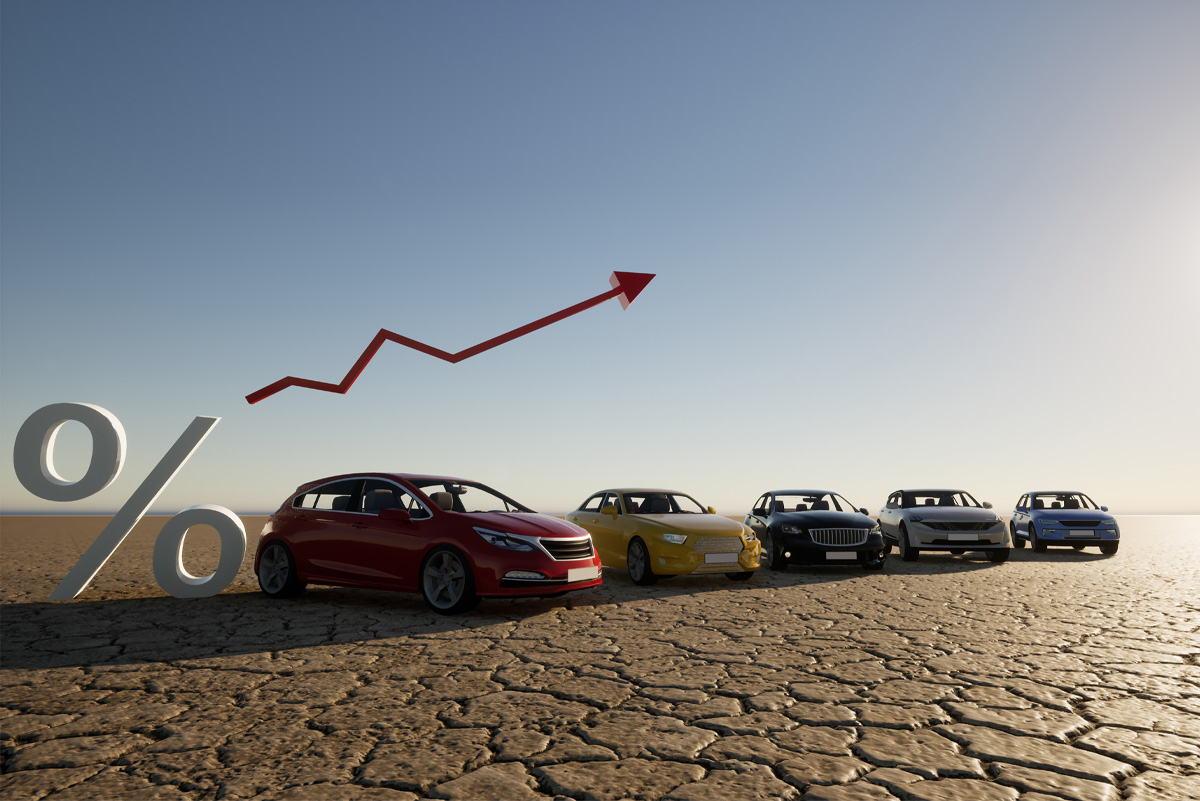In recent years, the pre-owned car market has experienced a significant surge in demand due to post-covid supply chain issues and new car availability. Many prospective buyers are now considering pre-owned options due to various factors such as economic concerns, environmental consciousness, and the desire for value for money. This growing trend has led to an intriguing question: Is the value of pre-owned cars still increasing? This article explores the evolving dynamics of the pre-owned car market, examining whether the value of standard and luxury cars is on the rise and how it varies across different segments and reg plate years.
The Pre-Owned Car Market: An Overview
The pre-owned car market, encompasses a wide range of vehicles, from standard saloon cars to high-end luxury cars. Traditionally, cars were perceived as depreciating assets, losing their value rapidly once driven off the showroom floor. However, changing consumer attitudes, market demands and new car availability has reshaped this perception, leading to an increased focus on pre-owned vehicles.
Standard Cars: A Steady Rise in Value
Standard cars, including popular models from reputable manufacturers, have seen a steady increase in value in the pre-owned market. One of the key factors contributing to this trend is the improved durability and reliability of modern vehicles. For instance, vehicles from Toyota, Honda and Volkswagen are renowned for their longevity, making them sought-after choices in the pre-owned market. According to recent statistics, the average value retention rate for standard cars is around 50-60% after three years of use, indicating a significant increase compared to previous years.
Luxury Cars: Maintaining Prestige and Value
Luxury cars, on the other hand, often retain their value exceptionally well, even after several years of use. This phenomenon can be attributed to factors such as meticulous craftsmanship, advanced technology, and exclusive features. Luxury brands like BMW, Mercedes-Benz, and Audi are prime examples of vehicles that maintain their prestige and value in the pre-owned market. This is even more evident because of extended lead times for these vehicles since the pandemic. Recent data suggests that luxury cars can retain up to 60-70% of their original value after three years, making them a lucrative investment for buyers seeking both performance and status.
The Role of Consumer Preferences
Consumer preferences play a significant role in shaping the value of pre-owned cars. With the rise of electric and hybrid vehicles, environmentally conscious buyers are showing a growing interest in pre-owned electric cars, leading to a surge in demand for models like the Tesla Model S and Nissan Leaf. These eco-friendly options often retain their value well, as more consumers transition to sustainable driving solutions.
The Impact of Technology
Technological advancements have also contributed to the increasing value of pre-owned cars. Modern vehicles come equipped with sophisticated safety features, infotainment systems, and connectivity options. As a result, pre-owned cars with advanced technology tend to hold their value better, appealing to tech-savvy buyers looking for a combination of convenience and innovation. It's also worth noting that because of a continuous lack of electronic components, car manufacturers are having to rely on pre-owned vehicles to service the need for well established vehicles.
Conclusion
The pre-owned car market, especially with models that have recent reg number continues to witness a remarkable shift in dynamics, with both standard and luxury cars experiencing an increase in value. Factors such as improved durability, consumer preferences, technological advancements and a lack in the supply of new vehicles have played pivotal roles in reshaping the market landscape.
As the automotive industry continues to evolve, it is clear that pre-owned cars are no longer perceived as mere depreciating assets. Instead, they represent smart investments for buyers seeking quality, performance, and value for their money. Whether this will remain the same when production levels and component availability increases is yet to be seen, but what is clear is that the used car market will play a big part within the automotive industry over the coming years.


